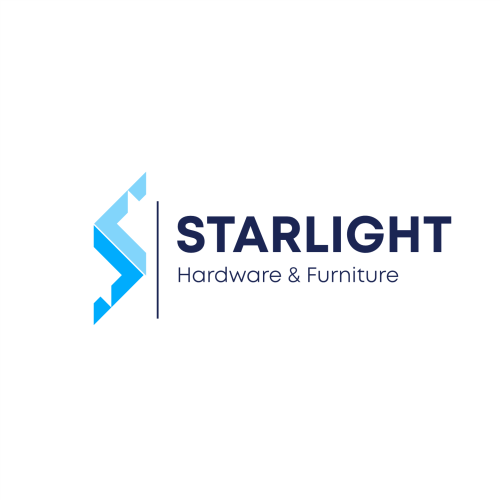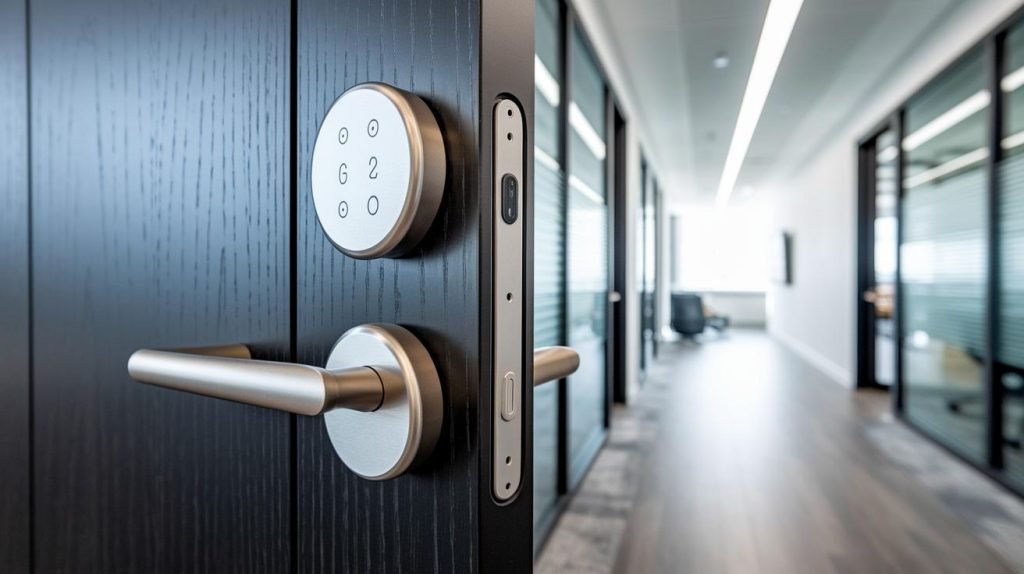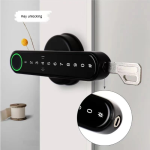Ever had a low battery throw your warehouse into chaos?
We move shipments all day, but I still get the chills when our smart lock went dark that night.
The smooth metal faceplate lost its soft LED glow and there was no reassuring click.
Um, talk about a headache.
Time ticked by and shipments sat unprotected.
Tension spiked.
That moment drove home one lesson.
Battery-powered door locks (locks that run on replaceable batteries) can be both rock-solid and wallet-friendly.
And now after two decades of CE-certified testing and real-world hustle, I’ve narrowed down five simple B2B safeguards to make retrofits fast.
They can cut labor costs by about 30 percent.
You can update credentials in a flash – all so your assets stay under lock and key.
Let’s dive in.
Comprehensive Bulk Procurement and OEM Partnerships for Battery Powered Door Locks
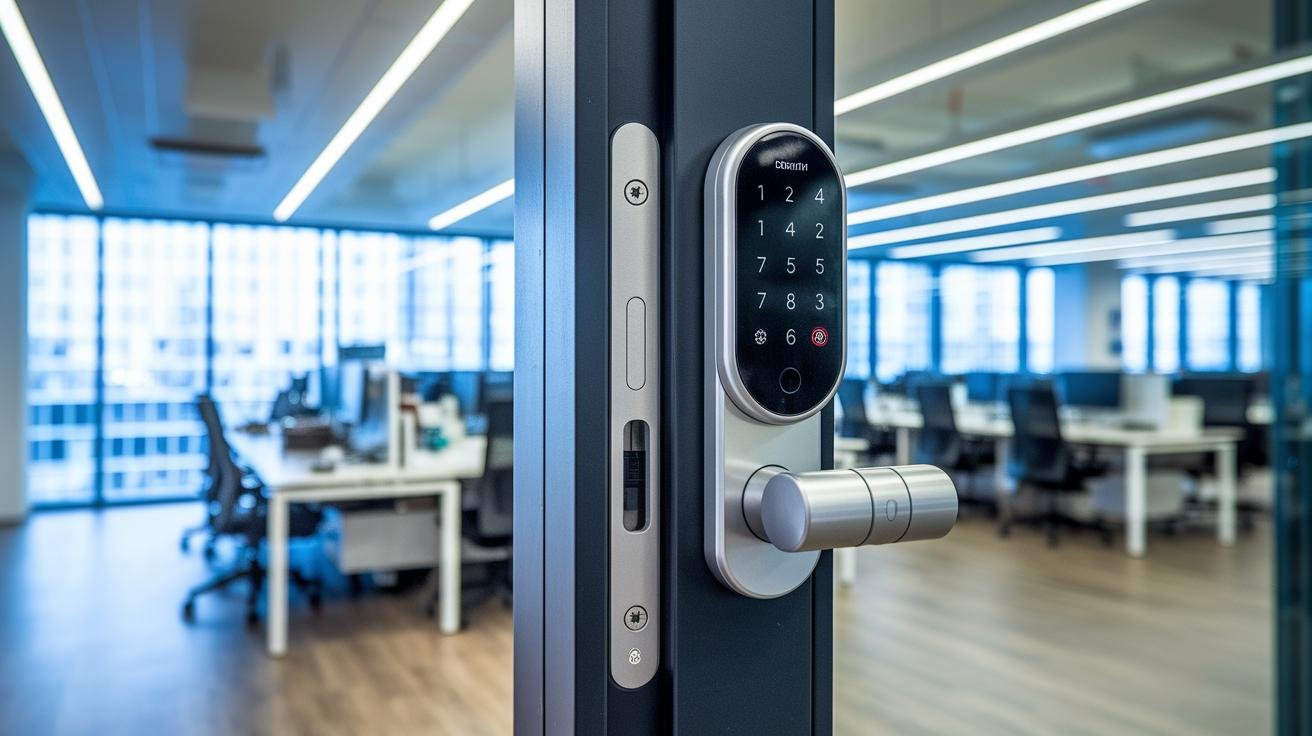
At Starlight Hardware, we make ordering battery powered door locks feel easy. With 30 years of R&D and quality checks under our belt, we’ve learned what really matters. Our China-based OEM (original equipment manufacturer) partner supplies CE-certified (European safety standard) components so you get top-notch locks at a sharp price.
Bulk orders have real perks. You’ll see volume discounts right away. These battery-powered locks retrofit in minutes, no messy wiring, and can cut installation labor by up to 30 percent. They slip into a low-power sleep mode (a standby setting that saves battery life) so each unit stays on duty longer.
And managing access? Piece of cake. Change credentials or keycards from your desk. Scan audit logs in seconds. Ideal for hotels, apartments, or any multi-tenant setup.
Key procurement details:
- Minimum order and tiered pricing: start at 250 units with 10 percent off, then 20 percent off at 500 units or more.
- Custom branding options: faceplate etching, boot-screen logo, and personalized packaging.
- Lead times: standard 30 to 45 days, or 20-day expedited production for tight schedules.
- Dedicated B2B support: onboarding help, quarterly performance checks, and reorder planning.
When you team up with our wholesale smart lock crew, we handle it all, from sourcing batteries to fine-tuning the firmware (built-in software). Whether you’re rolling out hotel card locks or installing biometric cabinet locks (locks that read your fingerprint), our custom branding makes each unit feel like it was built just for you.
Technical Specifications and Compliance for Enterprise Battery Locks
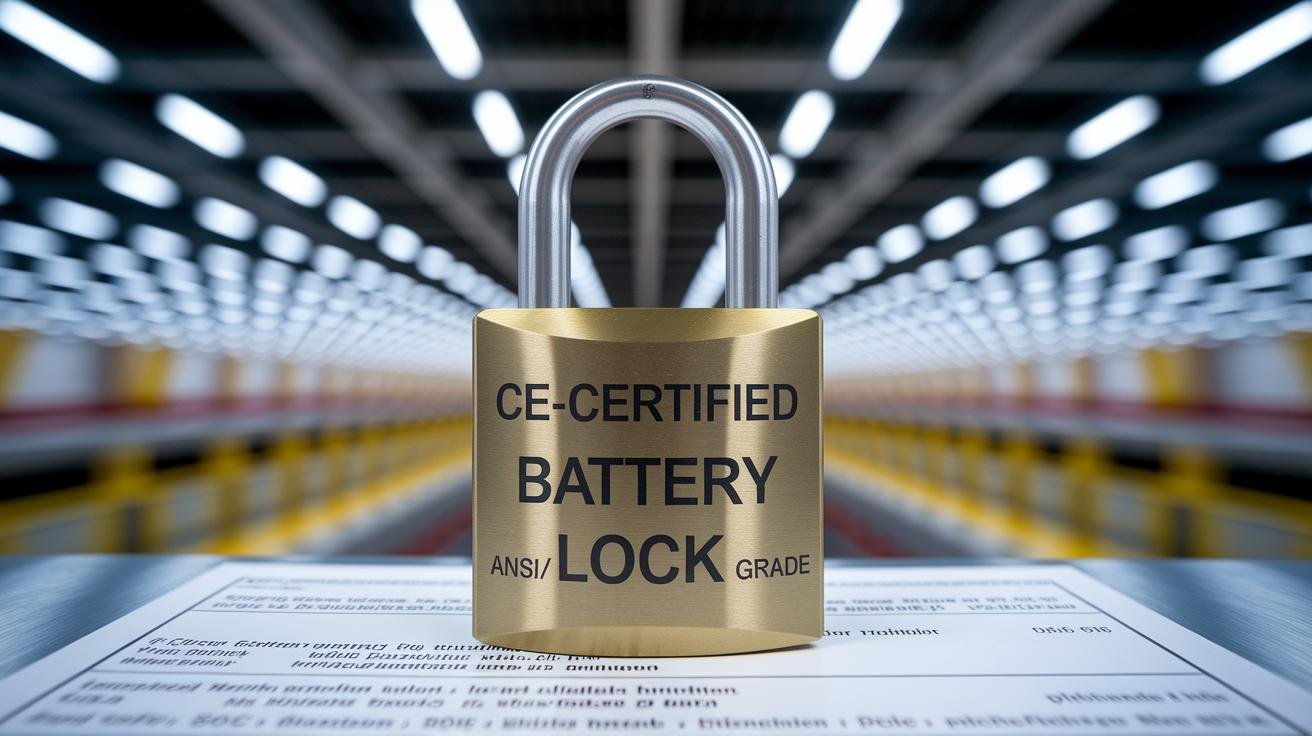
Our enterprise battery locks blend solid construction with smart features. Imagine the smooth metal faceplate lighting up with a soft LED glow when it senses your finger. They run on four AA cells (standard batteries) to keep your doors secure. And they’re whisper-quiet as they lock or unlock.
With normal foot traffic, you’ll get 6 to 12 months of power autonomy (battery life). In busier spots, plan on a fresh set every 3 to 4 months. It’s like remembering to change the batteries in your TV remote.
You can pick alkaline AA, NiMH rechargeable AA (nickel metal hydride), or lithium AA cells to find your cost and run-time sweet spot. A single unlock click draws about 80 to 120 milliamps (mA) of juice. When it’s idle, it sips just 50 to 80 microamps (µA).
Wireless signals are wrapped in AES-128 (128-bit encryption) or AES-256 (256-bit encryption). That’s like sending a secret code in a locked briefcase. Plus, two-factor authentication (two different login steps) adds an extra barrier against cloned credentials.
These locks come UL-294 listed (access control devices) and CE marked under EN 1634 for fire-rated doors. ANSI/BHMA grades tell you where they shine: Grade 1 for heavy-duty commercial doors, Grade 2 for lighter commercial use, and Grade 3 for residential or secondary points. We’ve tested them in sandy deserts and snowy peaks.
An IP65 seal (dust- and water-resistant) means they thrive in warehouse corridors, outdoor gates, or misty lobbies. Rain or dust? No problem. Security keeps running.
Integration and Remote Management for IoT-Enabled Battery Locks
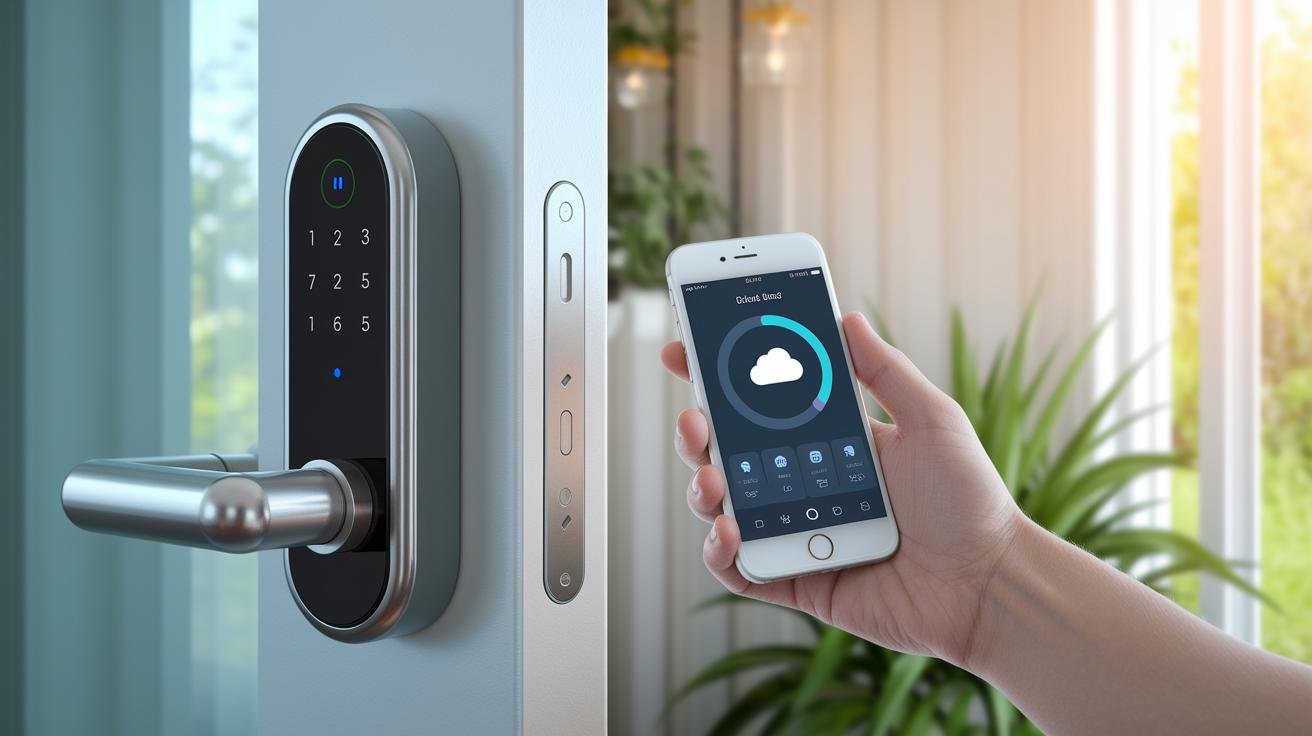
Enterprise battery locks connect using Bluetooth LE (a low-energy radio tech), Wi-Fi, Zigbee, Z-Wave, or a custom RF (radio frequency). And you get real-time control over who can open each lock plus a clear audit trail of every entry. It feels like each lock is sending a quick ping right to your control panel.
Our locks talk via an API (a set of rules that helps software share info). That means you can sync access codes with your PMS (property management system), SSO (single sign-on), or other apps. Think of it like pairing your headphones to your phone , once you’re in range, they chat automatically.
Brands like Salto BLUEnet and SVN networks let you check battery levels from afar and push new codes over the air. No more driving out for small fixes. Locks report battery health and grab user codes or keycards from the cloud.
Exactly.
Want a simple, step-by-step integration guide? Check out smart lock integration with Tuya/TTLock. It’ll walk you through every step.
| Protocol | Integration Method | Use Case |
|---|---|---|
| Bluetooth LE | Local smartphone app | Single-site offices |
| Wi-Fi | Cloud dashboard | Multi-site campuses |
| Zigbee/Z-Wave | Mesh network | Large facilities |
| REST API | Third-party sync | PMS/SSO integration |
5 battery powered door lock B2B Safeguards Assets
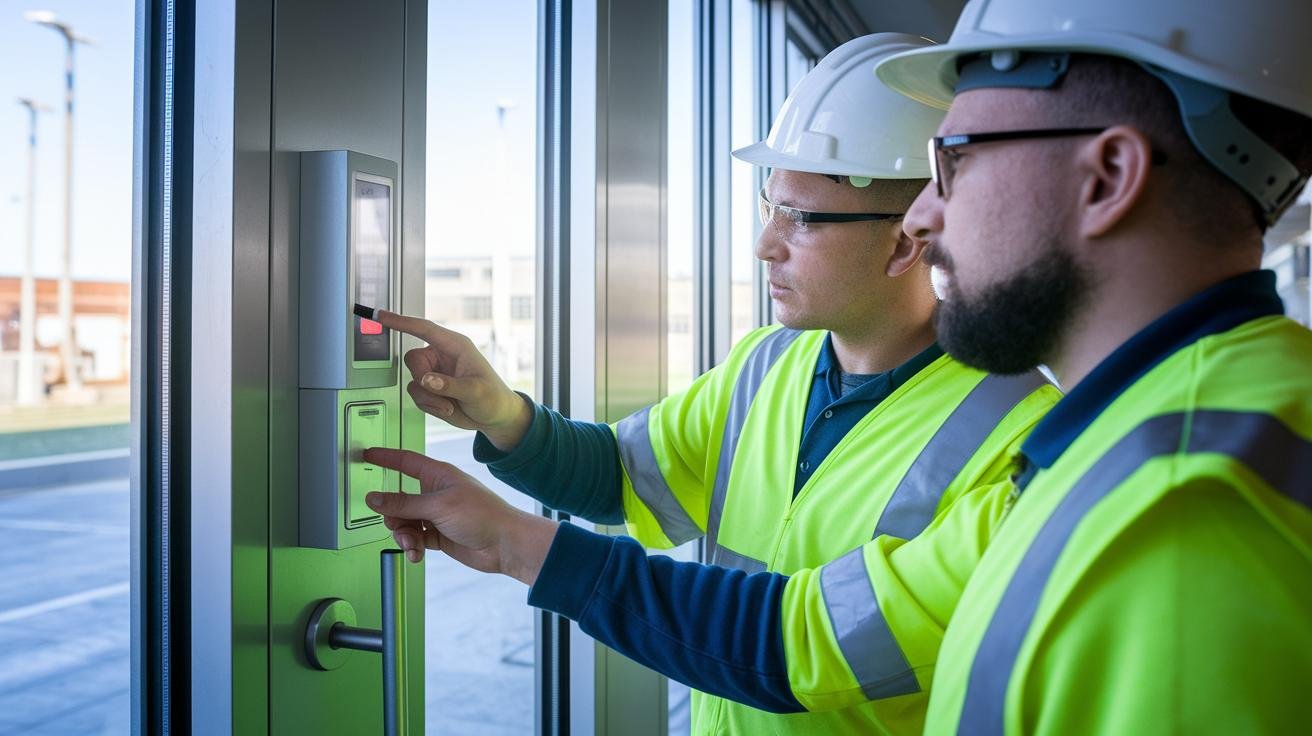
A dead AA battery at a key entry point can stall your whole operation. It’s like a car sputtering at a green light. But a simple upkeep plan keeps doors clicking open with a reassuring click and your assets locked down tight. Let’s dive in.
- Set low-battery alert notifications at 20 percent. Use the lock’s soft LED glow (a gentle light that signals low power) and push SMS or email notices. That way you know exactly when the juice is running low.
- Schedule preventive battery swaps. For doors with normal foot traffic, swap AA cells every five months. In high-traffic spots like freight doors or busy lobbies, plan swaps every two to three months. Simple.
- Keep emergency backup battery packs on hand. CR123A modules (compact backup cells) slide in like a spare tire when AA batteries fail. Gives you time to replace main cells without a service gap.
- Explore rechargeable cell door units. NiMH rechargeable AA cells (long-life batteries) or lithium-ion AA cells cut waste and can top up overnight, just like charging your phone. Greener and easier on your budget.
- Integrate solar-assist panels. A small rooftop or wall-mounted panel trickle-charges rechargeable batteries (slow charging over time). That stretches autonomy past a year and cuts down on maintenance runs.
Hmm, that reminds me… give the panel a quick dust-off now and then. Back to our battery plan.
Routine checks are easy. Log your 20 percent threshold in your lock management tool and review alerts each week. Stick to your swap schedule, keep spares ready, and test backup packs quarterly. A little foresight keeps locks clicking and teams moving. Solid.
Warranty, Support Terms, and After-Sales Service for B2B Clients
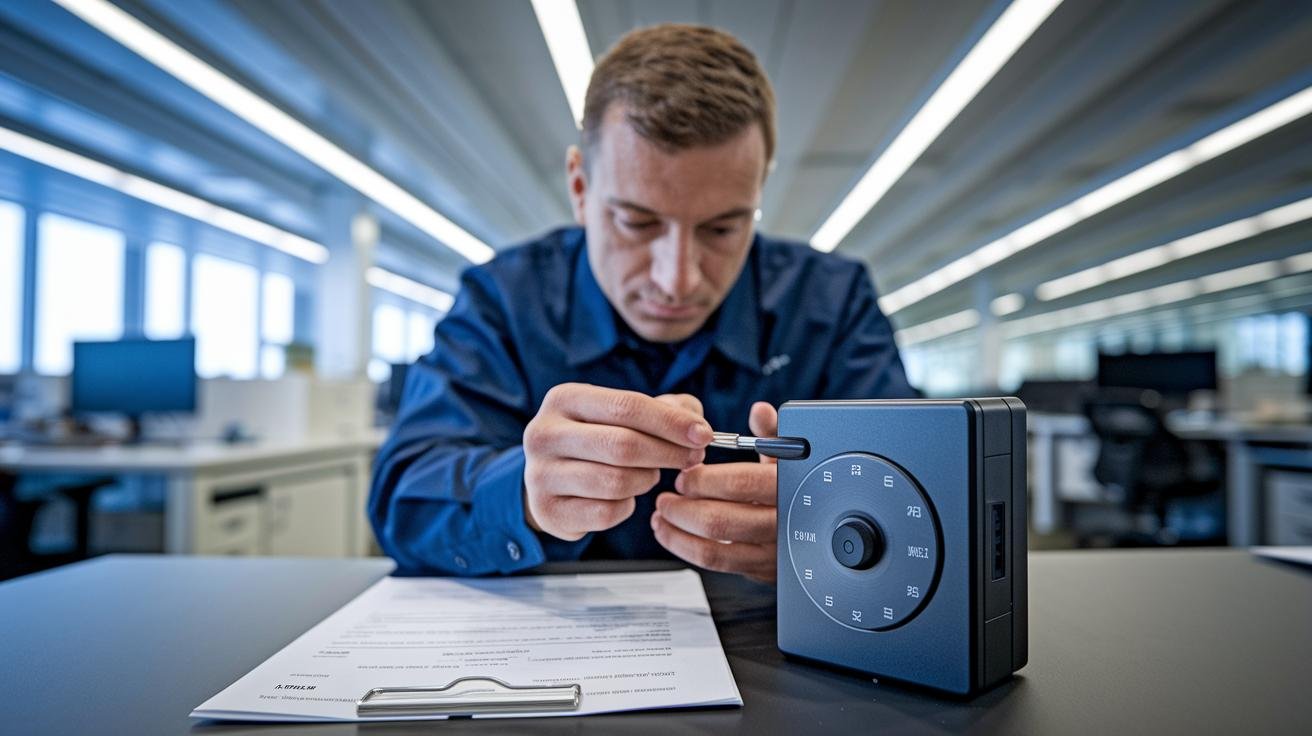
At Starlight Hardware, we stand behind every bulk battery-powered lock (a lock running on batteries so it stays powered without wiring). We know how much that sleek metal faceplate and reassuring click mean to you.
Our standard plan covers parts and labor for one year. Want more peace of mind? You can boost it to three years or pick our five-year enterprise plan with on-site swap options.
Our service-level agreements promise a 48-hour RMA (return merchandise authorization) turnaround. Spare parts ship within five business days.
We’ve mapped out a clear RMA workflow so your team can swap bulk parts or handle field repairs without breaking a sweat.
Support contracts run alongside your warranty plan. You’ll get remote diagnostics, periodic firmware updates (think of it as a little tune-up for your lock), and quarterly health-check reports.
And a dedicated B2B account manager will handle spare part orders, track repair status, and set up on-site visits whenever you need one.
Need to return a unit? It’s as simple as scanning a code in our portal and shipping the lock back for a quick repair or swap.
Battery Maintenance Best Practices
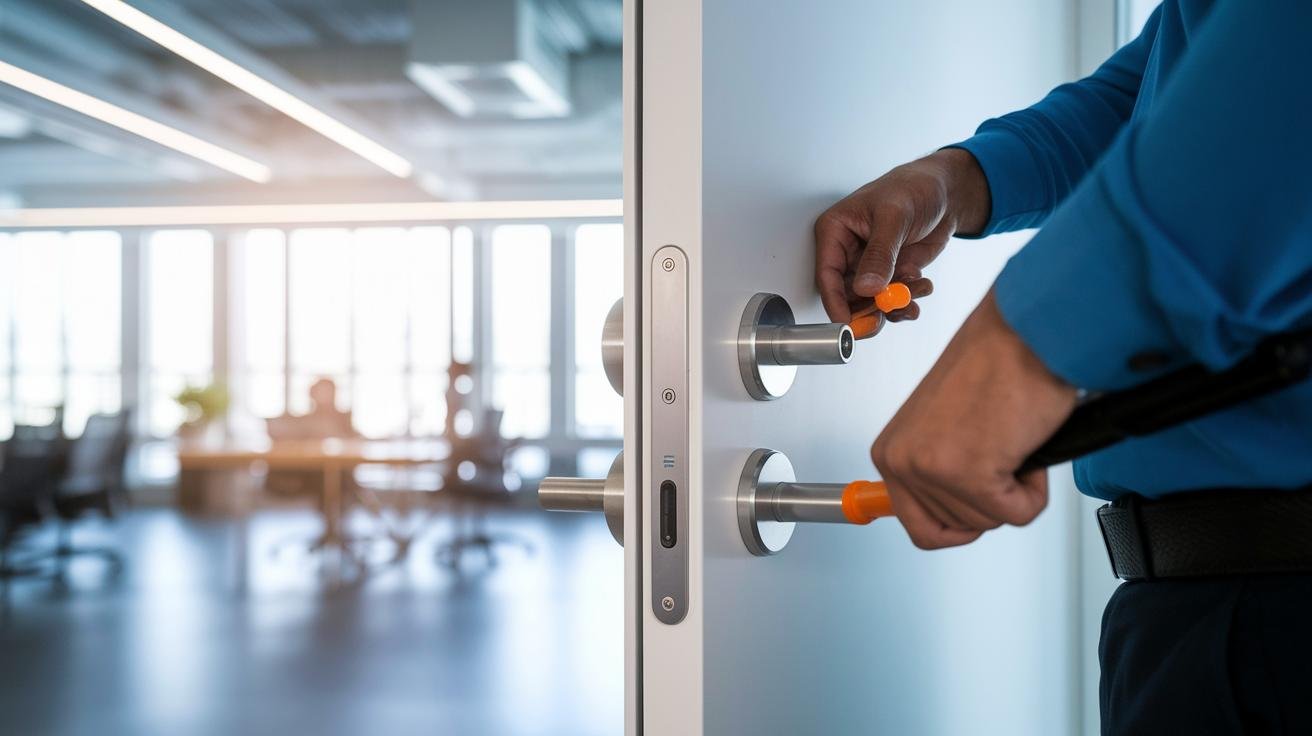
A dead AA cell at a key entry can stop everything. It’s like a car stalling at a green light.
Here are some friendly, expert tips to keep your locks clicking with that reassuring snap.
- Set low-battery alerts to 20 percent. Your lock gives a soft LED glow (a gentle light that signals low power) and can send an SMS or email notice. We say, “Set it to 20% and let the door’s glow do the talking.”
- Log your alert thresholds in the management dashboard (central control panel that tracks lock stats) and check battery warnings every week. A quick dashboard glance saved us from a midnight lockout.
- Schedule preventive swaps. Change AA cells every five months in normal traffic or every two to three months in busy areas. In our freight doors, we swap cells quarterly, no surprises.
- Keep CR123A backup packs (compact modules that slip in like a spare tire) on hand and test them every three months. CR123A cells in, door closed, click, success.
- Use NiMH rechargeable AA cells (nickel metal hydride) or lithium-ion AA cells and charge them overnight like your phone. It cuts waste and cost. Rechargeables saved us hundreds of dollars and felt as simple as charging a phone.
- Install solar-assist panels to trickle-charge batteries over time and dust the panel regularly so dirt doesn’t block sunlight. A quick wipe every month kept our panel shining and batteries topped.
Cost Savings and ROI Analysis with Starlight Smart Locks
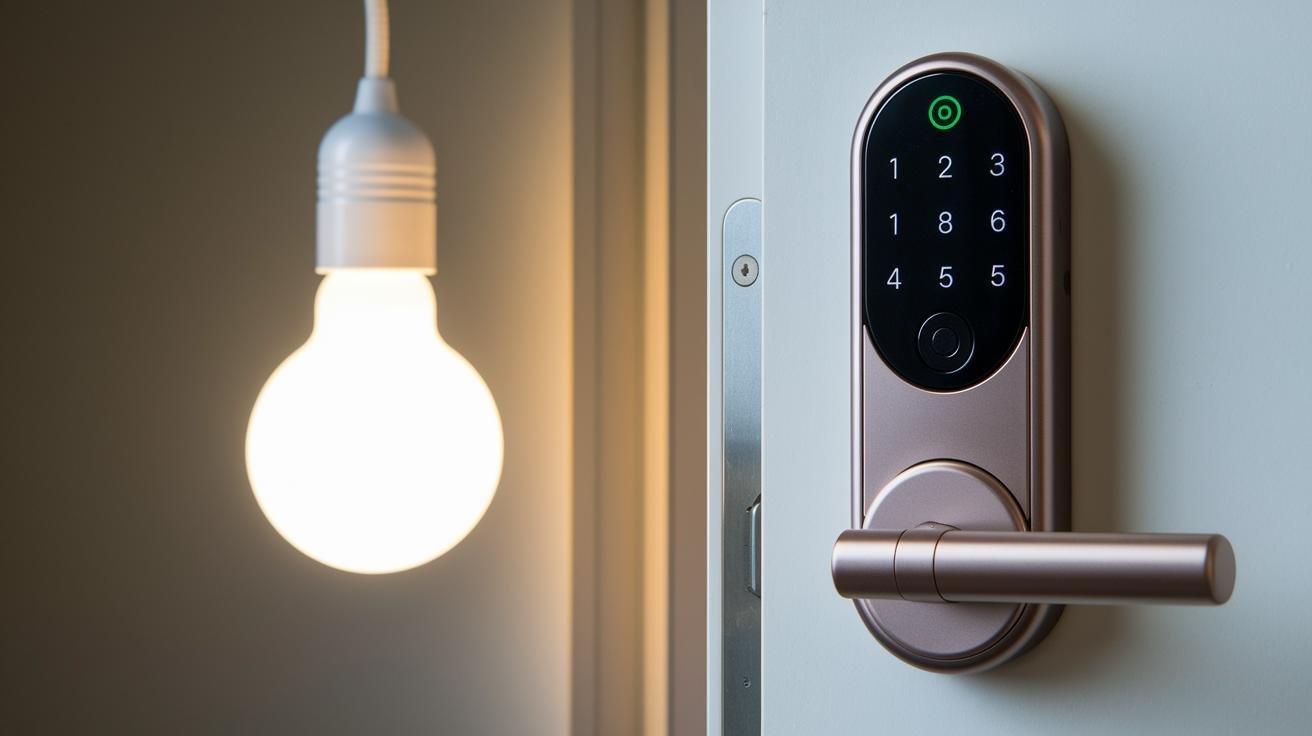
When you order 250 locks, you get 10% off. Hit 500 locks and that discount jumps to 20%. That shrinks each lock’s price tag and gets your budget approval sliding through faster. Solid.
Our battery-powered locks skip messy hardwired runs. That cuts wiring labor by up to 30% and means locks click into place sooner. Want to know a secret? Install days drop like a soft LED glow turning on.
Inside each lock, a driver circuit (the little board that powers every latch click) sips 40% less power per use. Think fewer battery swaps and less waste. You’ll save about $8 per door each month on upkeep and battery changes.
All together, procurement teams often see their investment pay back in just 12 months. It’s almost never more than 18 months. Layer in labor savings, bulk discounts, energy perks and fewer service calls, and your upfront spend becomes a budget win in under a year. Exactly.
Final Words
This article dove into Starlight Hardware’s B2B offerings, covering bulk orders and OEM branding for battery-powered commercial locks. We then reviewed power autonomy specs and compliance grades.
We mapped out remote management via BLE, Wi-Fi, and APIs. Then outlined battery life tips, support tiers, installation how-tos, and ROI numbers.
Now you’ve got the tools to streamline guest check-in, cut unauthorized access, and mesh smart locks with hotel systems. For any battery powered door lock B2B need, you’re set.
FAQ
Which battery powered door locks are recommended for B2B procurement and what features do they offer?
The best battery powered door locks for B2B orders include key-override models, long battery life, and remote credential control. They carry CE certification and support audit logs. Verified Amazon reviews offer real-world feedback.
How can I troubleshoot a battery operated door lock that is not working?
Troubleshooting a battery operated door lock starts by swapping AA cells for fresh batteries. Check contacts for corrosion and clean them. Reset the lock per manual. Test the keypad and observe LED status indicators.
What features define heavy duty commercial door locks?
Heavy duty commercial door locks feature solid steel or brass construction for high-traffic entrances. They meet ANSI/BHMA Grade 1 standards and often include tamper-resistant cylinders. They resist forced entry in industrial or retail settings.
What is a battery powered magnetic lock and where is it used?
A battery powered magnetic lock uses an electromagnetic field powered by AA or rechargeable cells to secure doors. It offers silent latching, fail-safe or fail-secure modes, and suits glass, metal, or wood doors in offices or labs.
How do I install a commercial keypad door lock?
Installing a commercial keypad door lock involves drilling the door per template, wiring the keypad module, and mounting the strike. Align the lock body and secure with screws. Program access codes and test multiple entries.
